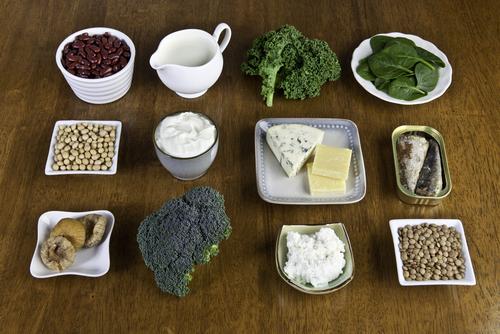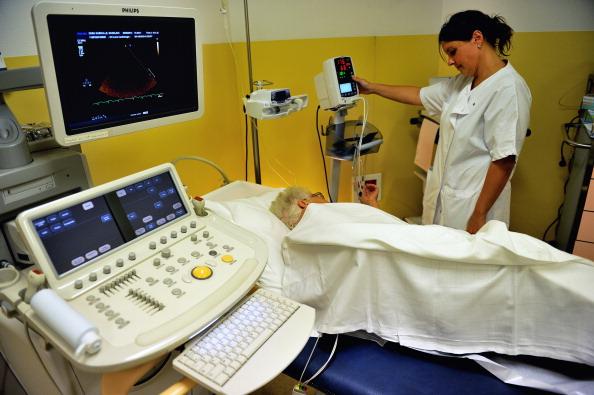Adults may remember being told of the importance of drinking milk for strong bones and healthy teeth while growing up.
A recent study by the University of California, San Francisco, (UCSF) supports that familiar advice.
A study by Douglas C. Bauer, MD, UCSF professor of Medicine, Epidemiology and Biostatistics, reported that the best sources of calcium are dietary, according to a recent press release.
Calcium deficiency is a leading cause of tooth decay and weak split nails. It can also cause bones to fracture easily. Kidney stones are a rare and more serious complication.
“Osteoporosis may result from inadequate calcium intake and it’s quite common for the elderly to consume less than the recommend amount,” Bauer said.
The Institute of Medicine’s recommended dosage for post-menopausal women over the age of 50 and men over 70 is 1,200 mg per day.
Calcium supplements are often prescribed as a way to remedy Calcium deficiency and prevent Osteoporosis. They are known to have several minor side effects like indigestion and constipation.
However, recent studies have raised concerns that calcium supplements may lead to increased risk of heart attack, according to the press release.
Bauer recommends consuming dairy and food products that are fortified with calcium, as well as foods naturally rich in calcium such as kale, broccoli and bok choy. “A high calcium diet should be the preferred method to receive adequate amounts of the nutrient,” he said.
However, “If it is not possible to consume enough calcium from the diet, then use of calcium supplements is most likely safe and not associated with cardiovascular outcomes,” Bauer said.
Photo via Shutterstock





